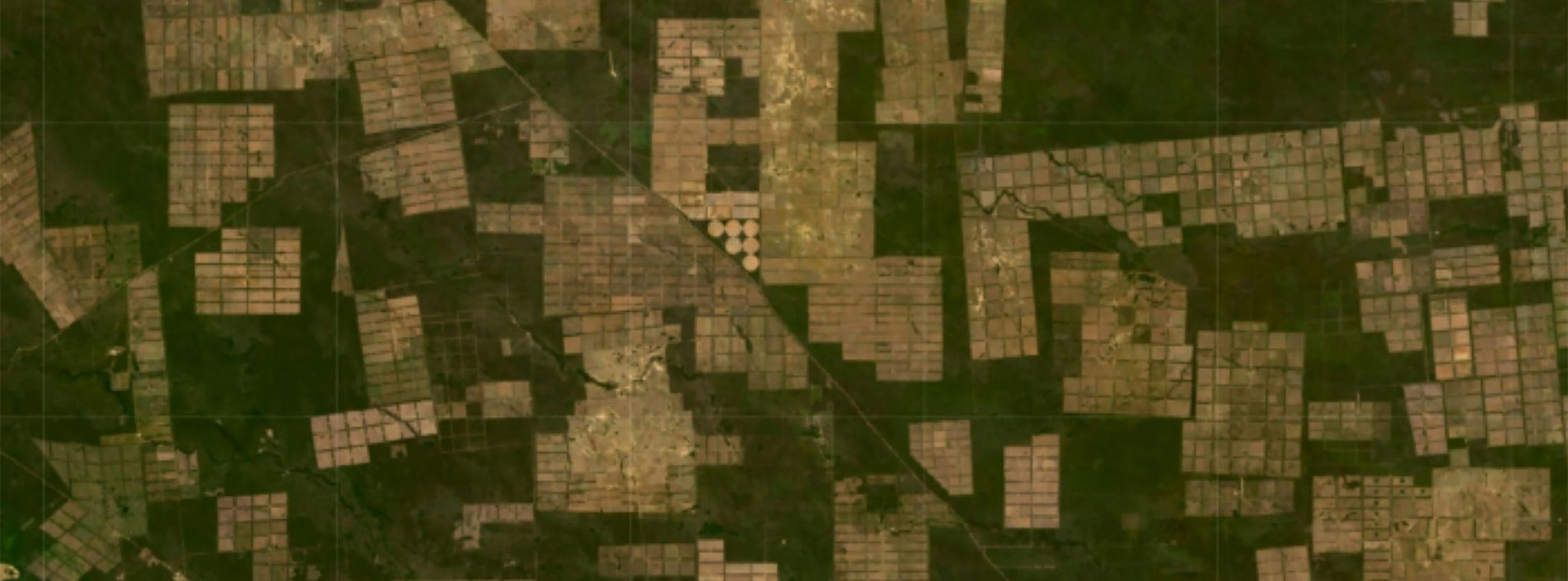Delivering transparency for sustainable agriculture in Paraguay
12 Sep 2020
6 min read
Paraguay’s Chaco region has one of the highest rates of deforestation in the world. Trase’s research into the soy and beef supply chain is helping to bring much-needed transparency.

The development of agriculture in the Chaco in Paraguay, USGS Landsat images.